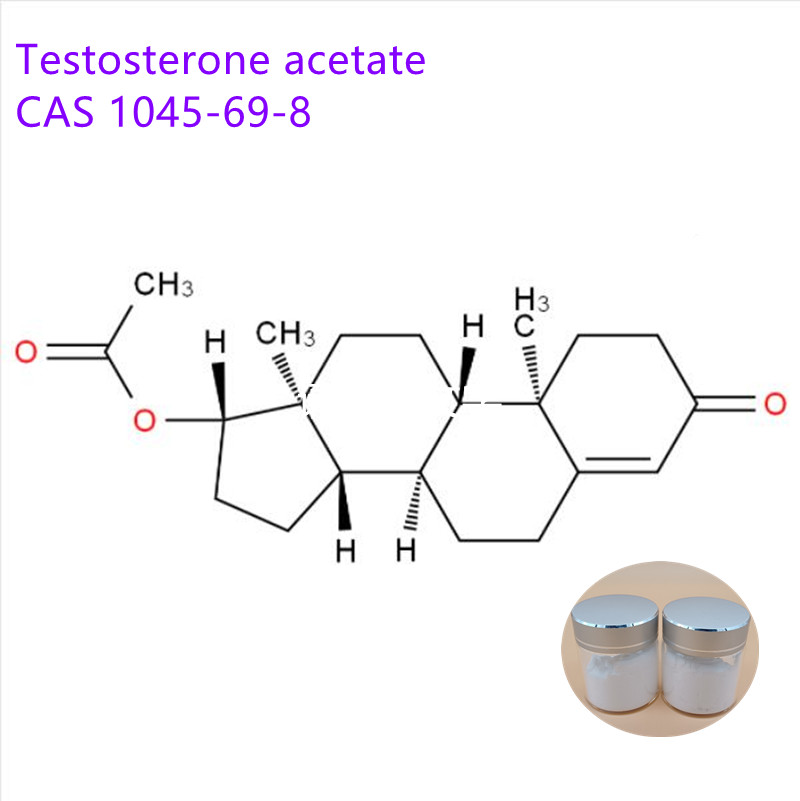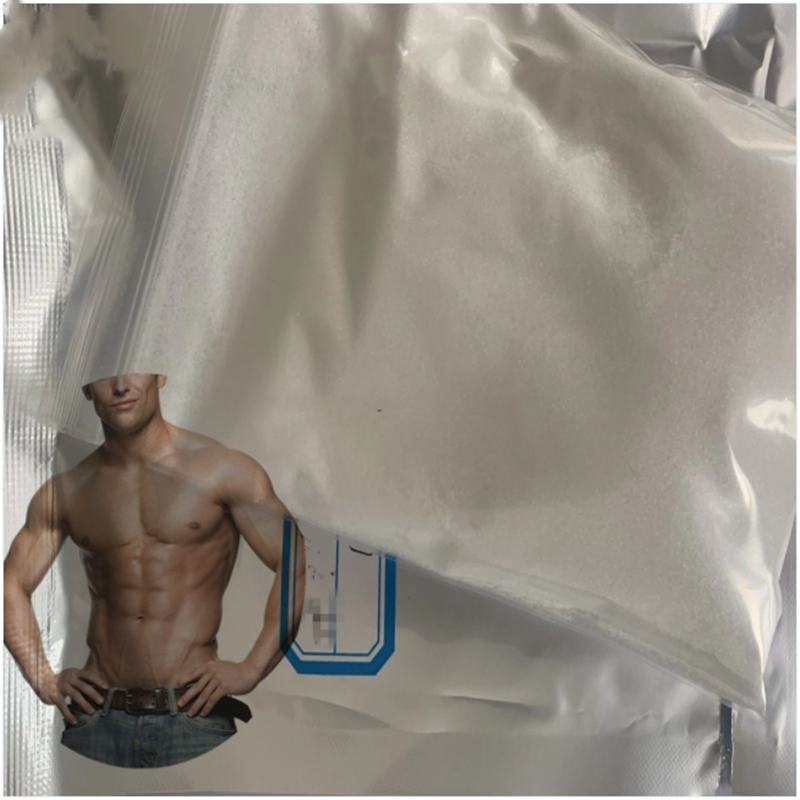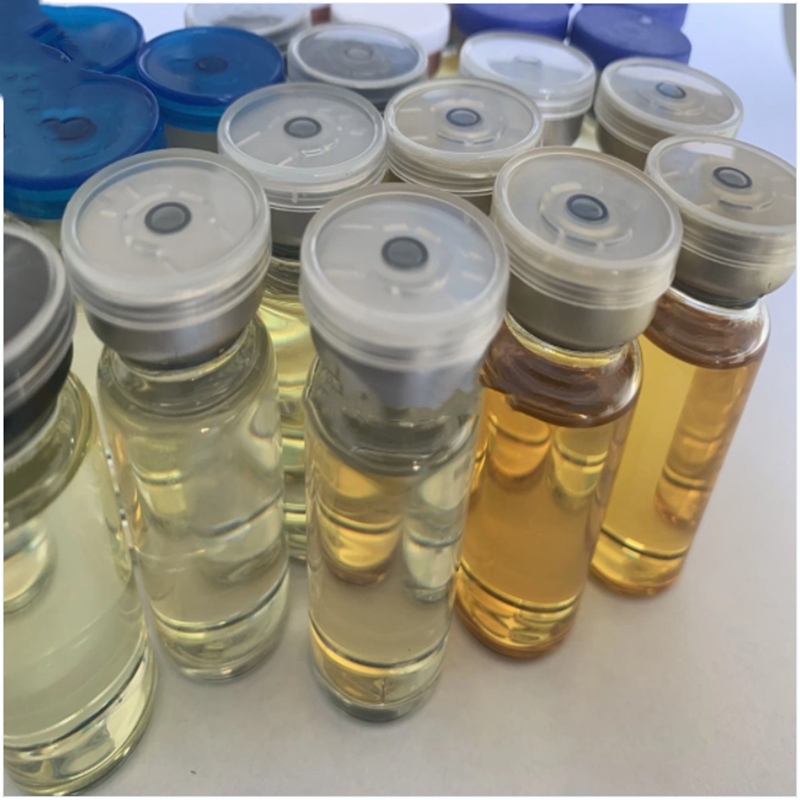Bone defects are one of the most common diseases in orthopedics. In China, 7 people suffer from serious accidents caused by traffic accidents every minute, and there are more than 10 million bone defect patients every year. Reconstruction and reconstruction of bone defects has always been an international clinical problem. Professor Wang Yanen from the Northwestern Polytechnical University recently published a paper in the British magazine "Polymer" that their 3D printed active bionic bone can be "developed" in the body to achieve the composition, structure and mechanics of natural bone. The performance has reached a high degree of consistency, and it has reached the level of "fake the truth"! The Science and Technology Daily reporter recently went to the Northwestern Polytechnical University to find out.
The core technology is "bionic"
"Traditional metal and polymer materials have uncontrollable bionic structures, mismatched mechanical properties, poor biocompatibility, no developmental function, movement dislocation, wear and other postoperative complications. Especially prostheses without biological activity cannot be used in humans. In vivo development, can not be well integrated with natural bone, requires secondary surgery to repair." Seeing the reporter, Professor Wang Yanen said so openly.
The core technology of 3D printing bionic bone developed by Wang Yanen team is "bionic". Because the performance of traditional ceramic bone and natural bone is still quite different, it can not achieve good development in animals. To solve this problem, Wang Yanen first started with printed materials. Hydroxyapatite is currently the world's most popular human bone material. However, how to bond powdered hydroxyapatite has been a problem. In foreign countries, because of the use of acidic adhesives, it brings post-operative pain to the implanted. Most of the adhesives are organic compounds with a thick viscosity and a large surface tension. How to make them pass through a printer nozzle with a diameter of only 20 micrometers, which is similar to the hair thread, is the biggest problem. At the same time, this adhesive can be accepted by animals and even the human environment. In order to find this suitable binder, Wang Yanen experimented with hundreds of different solutions, filling several large boxes with bad nozzles. Finally, he found a binder that has a pH similar to that of a living environment and that is good in nature and does not clog the nozzle.
After years of exploration, Wang Yanen and his students have been able to scientifically match printed materials with hydroxyapatite, binders, cell fluids, protein fluids (growth factors), etc. according to the skeletal properties of different individuals. Artificial bionic bone suitable for being implanted in an individual.
Autologous cells grow in artificial bone
Natural bones are not only very irregular in appearance, but also have complex internal structures, and the density of different parts varies. It is extremely challenging to have artificial bones that mimic the natural bones in structure. Wang Yanen invented the active bioceramic bionic bone 3D printing technology to solve the problem of "how to fight".
In the proportioning material and the printing and printing process, the traditional 3D printing materials have the same material, uniform density, single powder and uniform powder distribution, which is difficult to meet the printing requirements of bionic bone. Wang Yanen not only developed a set of printing control system, but also overcome the key mechanical technology of printing. This equipment's original room temperature piezoelectric ultra-micro atomized spray technology breaks through the technical bottleneck of cell liquid, protein liquid spraying speed and spraying quantity, and is at the international advanced level.
Animal experiments have shown that bionic bone can develop well after implantation in animal recipients, that is, through the metabolism of the receptor, the autologous cells grow in the artificial bone and eventually grow into autologous bone.
In the joint animal experiment between Northwestern Polytechnical University and the People's Liberation Army Air Force Military Medical University, no cases of rejection have been found.
After testing, the 3D printing active bionic bone is highly consistent with natural bone composition, structure and mechanics. Compared with other similar 3D printing technologies, it has obvious technical advantages.
Wang Yanen revealed: "Next, we will continue to explore the stable printing technology of sweat glands, hair follicles, sebaceous glands and other structures in the dermis, which is very close to natural skin." Currently, they are in the 3D printing rabbit skin implant test. Bionic skin is 25% shorter than autologous skin healing time. In the future, this technology may bring hope for cure for patients with bone defects and skin damage.
Source: Technology Daily
Steroid hormones, also known as steroid hormones, are a class of tetracyclic aliphatic hydrocarbon compounds with a cyclopentane polyhydrophenanthrene nucleus. It has very important medical value. It has a clear role in maintaining life, regulating sexual function, body development, immune regulation, skin disease treatment and birth control.

Steroids include steroids (eg cholesterol, lanosterol, sitosterol, stigmasterol, ergosterol), bile acids and bile alcohols, steroid hormones (eg adrenal corticosteroids, androgens, estrogens),

Our company specializes in providing steroid series products, welcome to inquire and order

Steroids Oil,Steroid Powder,Steroids Injections,Steroid Powder And Oil
XI AN RHINE BIOLOGICAL TECHNOLOGY CO.,LTD , https://www.rhinebiotech.com